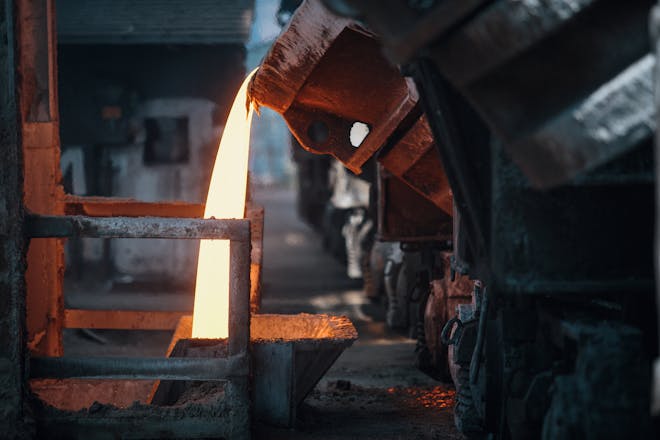Reverse Sear Ribeye: The Ultimate Cast Iron Method
When it comes to cooking a succulent cast iron reverse sear ribeye, precision and technique are key. This method of finishing a steak in a hot skillet after slowly bringing it up to temperature is a game-changer for steak enthusiasts. By following this guide, you’ll unlock the secret to a perfectly cooked ribeye with a delectable crust that’s the hallmark of a great steak.
Understanding the Reverse Sear Method
The reverse sear is a cooking technique that involves two main stages: the initial low-temperature cooking, followed by a high-heat sear. The purpose of this method is to provide better control over the internal temperature of the steak, leading to more even cooking and a perfect edge-to-edge doneness.
Choosing Your Ribeye
Before diving into the cooking process, selecting a high-quality ribeye steak is crucial. Look for a cut that’s at least 1.5 inches thick with good marbling, which will ensure juiciness and flavor.
Preparing Your Steak
Begin by patting your ribeye dry with paper towels and seasoning generously with salt and pepper. Some chefs also recommend letting the steak sit at room temperature for about 30 minutes to ensure more even cooking.
Slow-Cooking the Ribeye
Preheat your oven to a low temperature, around 200-275°F (93-135°C). Place the ribeye on a wire rack over a baking sheet and insert a meat thermometer into the thickest part of the steak. Cook the ribeye until it reaches an internal temperature of about 10-15 degrees below your desired doneness.
Getting the Cast Iron Skillet Ready
While your steak is in the oven, prepare your cast iron skillet. Heat it on high until it’s smoking hot. A properly preheated skillet is critical for achieving that beautiful, caramelized crust.
The Final Sear
Once your steak has reached the target temperature, remove it from the oven. Add a high-smoke-point oil to your cast iron skillet and carefully place the ribeye in the hot pan. Sear each side for about 1-2 minutes or until a brown crust forms. Don’t forget to sear the edges as well by using tongs to hold the steak on its sides.
Adding Aromatics and Resting the Steak
During the final minute of searing, you may add butter, garlic, and fresh herbs to the skillet for extra flavor. Baste the steak with the melted butter, then remove the steak from the skillet and let it rest for about 10 minutes before slicing. This allows the juices to redistribute, ensuring every bite is as flavorful as the last.
Cast Iron Care and Maintenance
After cooking, clean your cast iron skillet while it’s still warm but not hot. Avoid using soap as it can strip the skillet’s seasoning. Instead, use a stiff brush and hot water, then dry it completely and apply a light coat of oil to maintain its non-stick surface.
Tips for Perfection:
- Invest in a reliable meat thermometer to avoid under or overcooking.
- Allow your steak to rest after cooking to retain its juices.
- Experiment with different seasonings and aromatics to find your perfect flavor combination.
The cast iron reverse sear ribeye technique is a testament to the art of cooking. With patience and attention to detail, you can achieve a steakhouse-quality meal right in your own kitchen. Remember, practice makes perfect, and soon enough, you’ll be serving up ribeyes that rival the best chefs.
